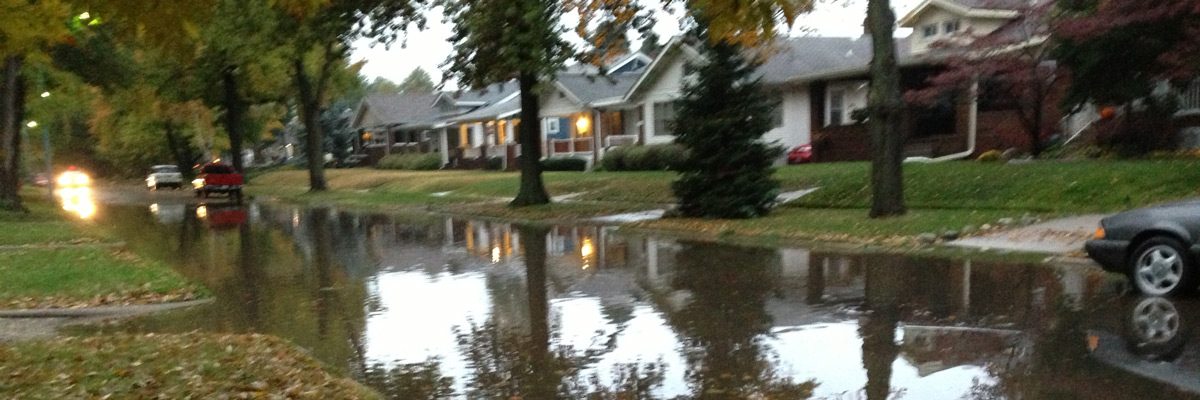I find gardening to be very spiritual in a way. Nothing like getting back to mother nature where there are no media devices and the birds are singing. The sun is warm and there is a breeze. It feels like life can go on forever.
http://www.planetnatural.com/site/vegetable-gardening.html
Growing Organic Vegetables
By Eric Vinje, Planet Natural
If the thought of a ripe, juicy tomato makes your mouth water, or imagining snapping a crisp pea makes your fingers itch, then growing organic vegetables is for you. Everyone knows that home grown veggies and fruits taste a million times better than the varieties purchased at the grocery store. So, go ahead, grow your own — it’s easy to do.
Planning Your Garden
Whether you are starting a new garden or improving an existing one, it’s best to start with a plan. A well-planned garden will not only be more successful, it will be better organized and easier to manage. Consider the following:
Face South
Make sure your garden site gets plenty of sun by situating it facing south. 6 hours of sunlight is the minimum your garden will need. Also, be sure there aren’t any trees, hedges or other obstacles (like your house) shading your potential plot.
Avoid Weeds
If the area you’d like to garden is full of weeds, be sure to get rid of them before you start preparing your garden site.
Start small — or don’t
Most experts recommend starting small so that you don’t become overwhelmed. On the other hand who wants to do more prep work each year enlarging their garden? If you feel pretty certain you’ll want a lot of beds one day, go ahead and go big right from the start.
Water
Of course, you’ll need access to water.
Slope
Try to find a spot with 1.5% or less slope. Otherwise, plan to terrace your garden to prevent the soil from washing away with the rain.
Garden Design
There are countless ways to design your garden — from the practical to the fanciful. Consider the following to determine your design.
Row Gardens
Row gardens are what most people picture when they think of a garden. Crops are planted in parallel lines, with space between each row. Easily organized, row gardens can have lower yield than bed gardens and can sprout more weeds.
Raised Bed Gardens
Raised beds are just what they sound like — plots that are higher than the surrounding land. In these gardens, all plants are grown together without rows. The bed must be small enough that you can reach into it to pull weeds and harvest your veggies.
:}
This is a huge site. Go there and read and read and read. More next week.
:}
